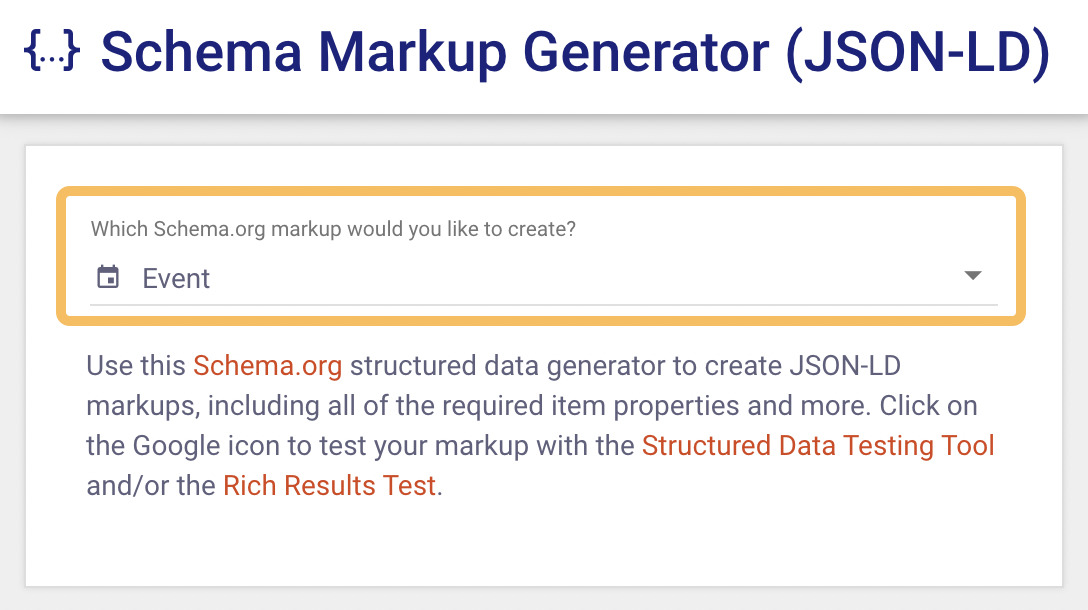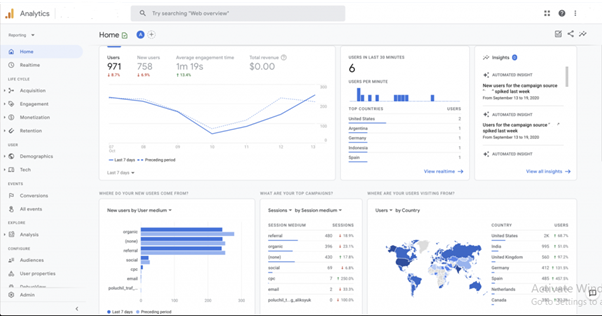
Hiring an SEO Agency can be simple, as so many options are available. However, ensuring the right outcomes and keeping them in check is challenging since SEO is a constantly evolving field that requires a nuanced approach.
Even seasoned agencies can fall into common traps that undermine their SEO efforts. Let us explore seven critical SEO mistakes that agencies often make. You can ask these questions while choosing to get things right and keep them on a fast track.
1. Ignoring Mobile Optimization
Many agencies still prioritize desktop and tablet experiences over mobile. They neglect the fact that more than half of all global web traffic comes from mobile devices. Ignoring mobile optimization not only frustrates users but also hurts your search rankings.
Google now uses mobile-first indexing. meaning it primarily uses the mobile version of the content for indexing and ranking.
Why It Matters:
If your website isn’t optimized for mobile, you risk a high bounce rate. Users quickly leave your site because it doesn’t function well on their devices. A poor mobile experience can lead to lost conversions, reduced time on site, and ultimately, a drop in search rankings.
How to Fix It:
Responsive Design: Ensure your website is responsive, meaning it automatically adjusts to fit different screen sizes and devices.
Mobile Site Speed: Optimize images, use browser caching, and minimize code to ensure fast load times on mobile devices.
User Experience (UX): Simplify navigation, use readable fonts, and ensure buttons and links are easy to click without zooming in.
Testing Tools: Use tools like Google’s Mobile-Friendly Test and PageSpeed Insights to identify and fix mobile usability issues.
2. Overlooking Technical SEO
Focusing too much on content and keywords without paying attention to technical SEO elements like site speed, crawlability, and structured data. Technical SEO is the backbone that ensures search engines can effectively crawl, index, and understand your website’s content.

Why It Matters:
If search engines can’t properly crawl your site, your content won’t be indexed and won’t appear in search results, regardless of its quality. Issues like slow page speeds or broken links can also deter users. This negatively impacts engagement metrics such as bounce rate and session duration.
How to Fix It:
Regular Audits: Conduct regular technical SEO audits using tools like Google Search Console, SEMrush, or Ahrefs to identify and resolve issues.
Improve Site Speed: Compress images, leverage browser caching, and reduce server response times. Consider using a Content Delivery Network (CDN) to decrease load times for users across different locations.
Fix Broken Links: Check for and fix any broken internal or external links on your site to prevent crawling errors and improve the user experience.
Structured Data: Implement structured data (schema markup) to help search engines understand the context of your content and improve your visibility with rich snippets.
3. Keyword Stuffing
Keyword stuffing involves cramming a webpage with as many keywords as possible, often at the expense of readability and user experience. This outdated tactic might have worked in the early days of SEO, but it’s now a red flag for search engines.
Why It Matters:
Keyword stuffing makes content sound unnatural and can degrade the user experience. This could lead to higher bounce rates. Search engines like Google have sophisticated algorithms that recognize and penalize keyword stuffing. This potentially causes your site to drop in rankings or even be de-indexed.
How to Fix It:
Focus on User Intent: Prioritize creating valuable, high-quality content that naturally incorporates keywords in a way that aligns with user intent.
Use Synonyms and Related Terms: Instead of repeating the same keyword, use synonyms and related phrases to diversify your content and enhance its relevance.
Keyword Placement Include keywords in strategic places like the title, headings, meta descriptions, and the first 100 words of your content, but ensure it reads naturally and flows well.
4. Ignoring User Intent
SEO isn’t just about ranking for specific keywords. It’s about understanding and matching the user’s intent behind those keywords. Many agencies fail to consider whether the content they create actually satisfies the user’s needs or answers their questions.
Why It Matters:
Ignoring user intent can result in high bounce rates, low engagement, and poor conversion rates. If users don’t find what they’re looking for on your site, they’ll quickly leave, signaling to search engines that your content isn’t valuable or relevant.How to Fix It:
Conduct Comprehensive Keyword Research: Use tools like Google Keyword Planner, Ahrefs, or SEMrush to understand the search intent behind keywords. Are users looking for information, wanting to make a purchase, or seeking a specific website?
Create Content for Different Intent Types: Understand the different types of user intent (navigational, informational, transactional, and commercial) and tailor your content accordingly.
For example, blog posts and guides are great for informational intent, while product pages are suitable for transactional intent.
Monitor Engagement Metrics: Keep an eye on metrics like bounce rate, average session duration, and pages per session to gauge whether your content is meeting user needs. Adjust your content strategy based on these insights.
5. Not Leveraging Analytics Data
SEO isn’t a set-it-and-forget-it strategy. Failing to utilize analytics data means missing out on crucial insights about what’s working and what isn’t. Many agencies don’t regularly monitor or analyze their SEO efforts, leading to missed opportunities for optimization.

Why It Matters:
Without data, it’s challenging to understand your audience’s behavior, preferences, and needs. This can lead to inefficient strategies that don’t yield results. Regularly analyzing data helps refine your SEO tactics and make informed decisions that drive better performance.
How to Fix It:
Set Up Google Analytics and Google Search Console: These tools provide a wealth of data on your site’s traffic, user behavior, and search performance.
Track Key Metrics: Focus on metrics like organic traffic, bounce rate, conversion rate, average session duration, and click-through rates (CTR) to understand how users interact with your site.
A/B Testing: Regularly perform A/B testing on elements like headlines, CTAs, and content layouts to see what resonates best with your audience and improves engagement.
Adjust Strategies Based on Data: Use insights from analytics to identify gaps in your content, optimize underperforming pages, and double down on strategies that are driving results.
6. Neglecting Backlink Quality
Many agencies focus on building as many backlinks as possible without considering the quality and relevance of those links. This “quantity over quality” approach can lead to a spammy backlink profile that damages your site’s authority and ranking potential.
Why It Matters:
Backlinks are one of the most significant ranking factors for search engines. However, backlinks from low-quality or irrelevant sites can harm your SEO efforts. Google’s algorithms are sophisticated enough to differentiate between high-quality, relevant links and those that are manipulative or spammy.
How to Fix It:
Set Up Google Analytics and Google Search Console: These tools provide a wealth of data on your site’s traffic, user behavior, and search performance.
Focus on High-Quality, Relevant Backlinks Prioritize getting backlinks from authoritative sites within your niche. Guest posting, creating shareable infographics, and building relationships with industry influencers can help in acquiring quality backlinks.
Regularly Audit Your Backlink Profile: Use tools like Ahrefs, Moz, or SEMrush to analyze your backlink profile. Look for any low-quality or spammy links that could be harming your SEO and disavow them using Google’s Disavow Tool.
● Create Link-Worthy Content: Publish high-quality, unique content that naturally attracts backlinks. This could include original research, in-depth guides, or content that provides significant value to your audience.
7. Not Updating Content Regularly
Publishing content and then forgetting about it is a common mistake. Search engines favor fresh, relevant content, and outdated information can hurt your rankings and reduce user engagement.
Why It Matters:
Content that’s no longer accurate or relevant can decrease your site’s credibility and authority. Regularly updating your content helps keep it relevant, improves your chances of ranking well, and can lead to increased traffic and engagement.
How to Fix It:
Regular Content Audits: Periodically review your website’s content to identify outdated information or areas for improvement. Refresh old blog posts with new data, updated statistics, or additional insights to keep them relevant.
Repurpose Content: Transform existing content into different formats, such as turning a blog post into a video or infographic. This can help you reach new audiences and keep your content fresh.
Monitor Trends and Industry Changes: Stay up-to-date with industry trends and news to ensure your content reflects the latest information and best practices.
Conclusion

SEO is an ongoing process that requires continuous monitoring, analysis, and optimization. By avoiding these common mistakes, your agency can build a robust SEO strategy that drives traffic, improves engagement, and increases conversions.
Remember, the goal of SEO is to provide valuable, relevant content that meets the needs of your audience. Focusing on creating a user-centric experience, leveraging data, and continuously optimizing your efforts can help you achieve long-term SEO success



